What is RNA?
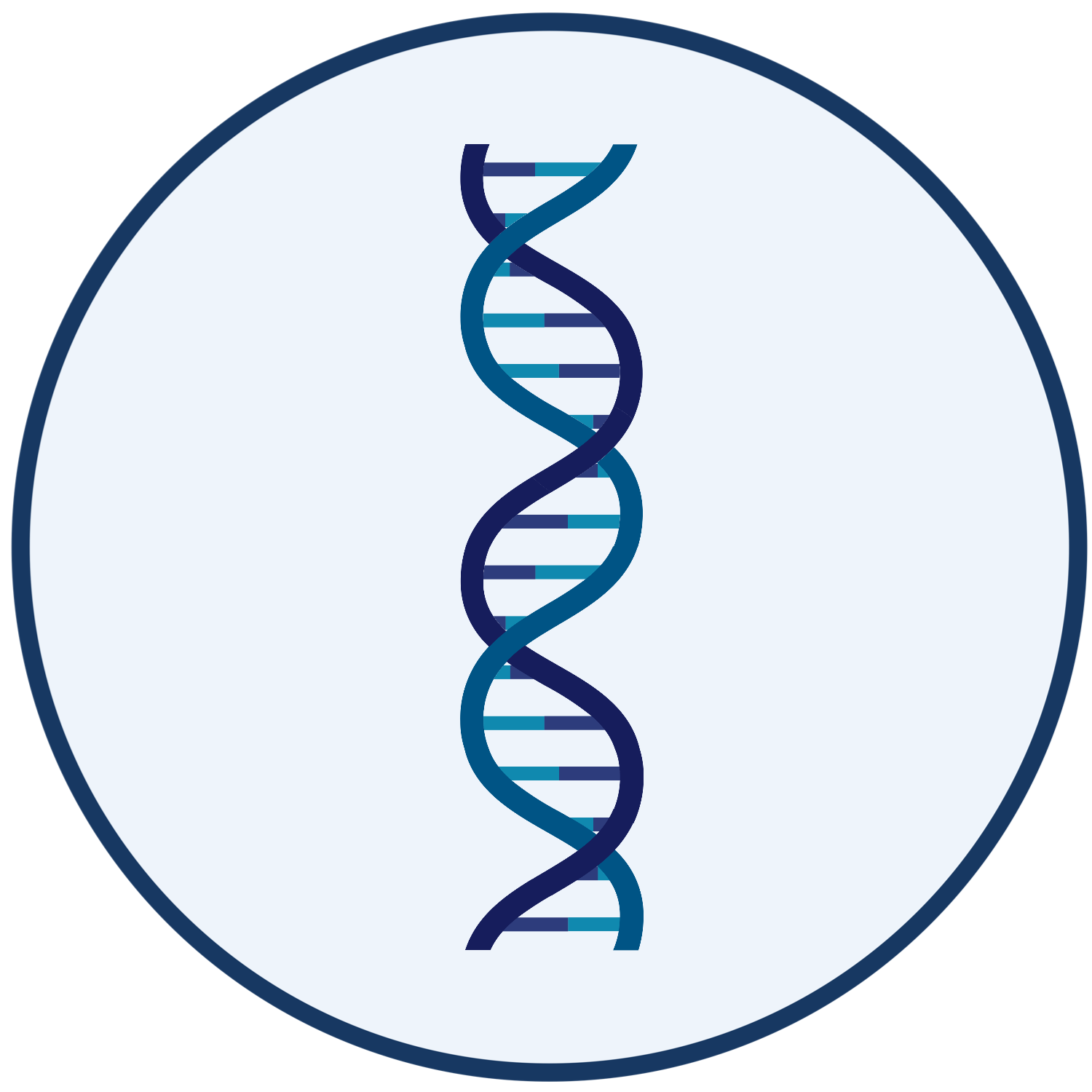 |
Let’s begin with the basics. Deoxyribonucleic acid (DNA) is a molecule you may already be familiar with; it contains our genetic code, the blueprint of life. This essential molecule is the foundation for the “central dogma of biology”, or the sequence of events necessary for life to function. DNA is a long, double-stranded molecule made up of bases, located in the cell’s nucleus. The order of these bases determines the genetic blueprint, similar to the way the order of letters in the alphabet are used to form words. DNA’s ‘words’ are three letters (or bases) long, and these words specifically code for genes, which in the language of the cell, is the blueprint for proteins to be manufactured. DNA is also extremely stable (amazingly, intact DNA has been isolated from frozen wooly mammoths that died more than 10,000 years ago!), which is why these are the blueprints used to transmit genetic information from generation to generation. |
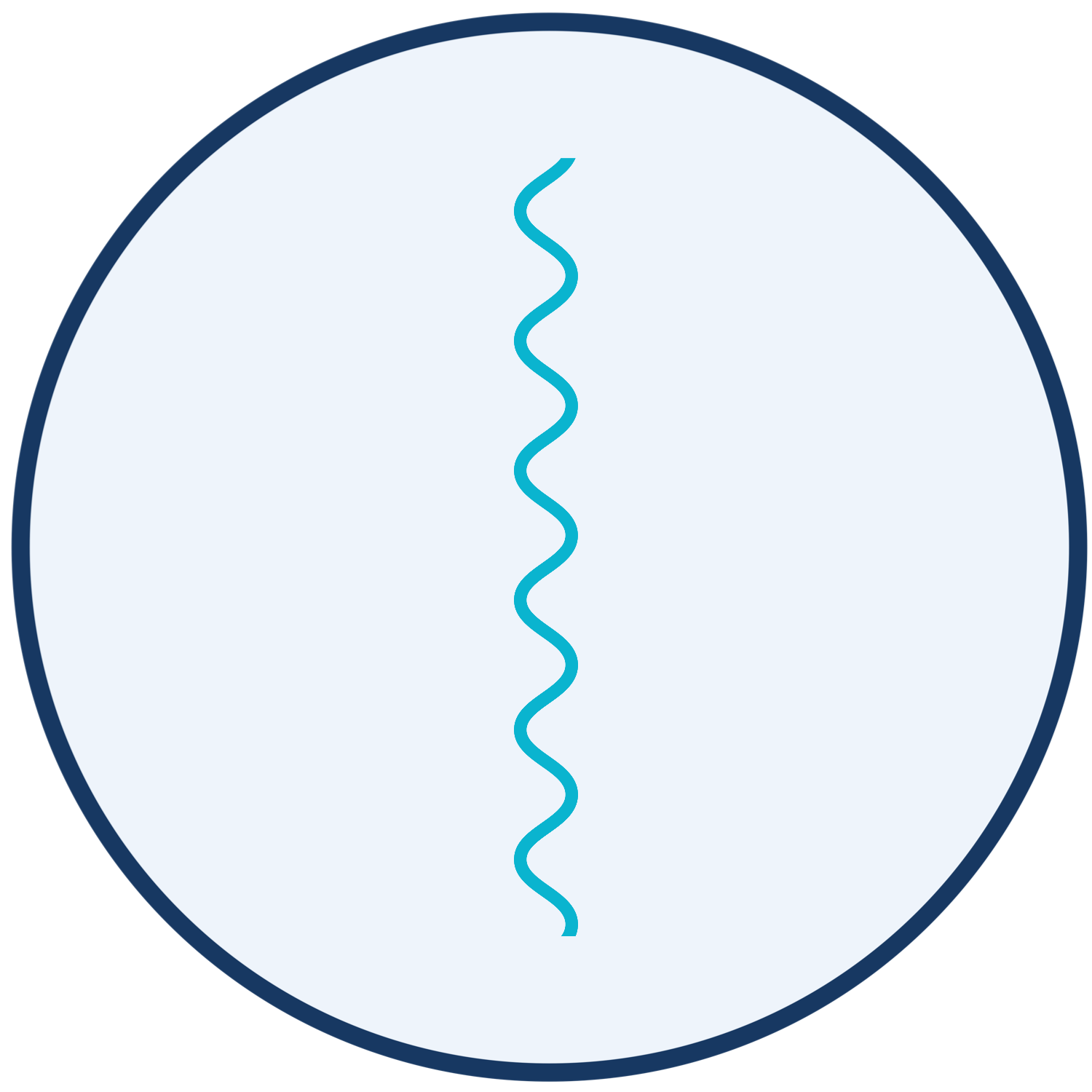 |
To ‘read’ these blueprints, the double-helical DNA is unzipped to expose the individual strands and an enzyme translates them into a mobile, intermediate message, called ribonucleic acid (RNA). This intermediate message is called messenger RNA (mRNA), and it carries the instructions for making proteins. When the cell no longer needs to make any more of that protein, the mRNA instructions are destroyed. Since the DNA blueprints remain intact, the cell can go back to the DNA and make more RNA copies when it needs to make more proteins. |
 |
The mRNA is then transported outside of the nucleus, to the molecular factory responsible for manufacturing proteins, called the ribosome. Here, the ribosome translates the mRNA using another three-letter word; every three base pairs designates a specific building block called an amino acid (of which there are 20) to create a polypeptide chain that will eventually become a protein. The ribosome assembles a protein in three steps – during initiation, the first step, transfer RNA (tRNA) brings the specific amino acid designated by the three-letter code to the ribosome. In the second step, elongation, each amino acid is sequentially connected by peptide bonds, forming a polypeptide chain. |
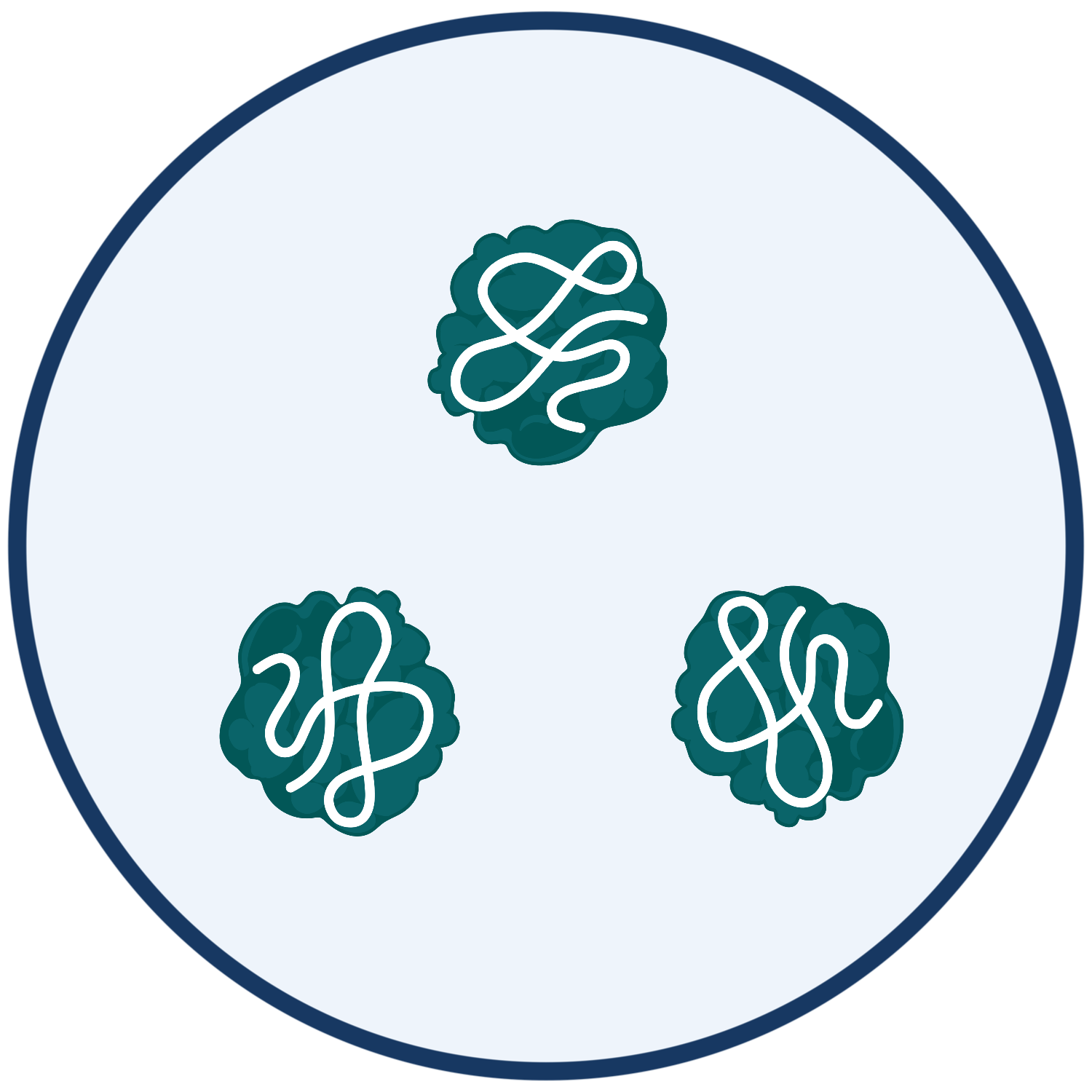 |
The order of each amino acid is crucial to the functionality of the future protein; errors in adding an amino acid can result in disease. Finally, during termination, the completed polypeptide chain is released from the ribosome and is folded into its final protein state. Proteins are required for the structure, function, and regulation of the body's tissues and organs; their functionality is seemingly endless. Human cells make nearly 100,000 different types of proteins, each with its own unique messenger RNA sequence. |
Throughout the latter half of the 20th century, we believed that RNA’s primary role was to intermediate between DNA and protein, as described above. Over the last three decades, those long-held beliefs have been shattered. We have witnessed amazing discoveries with regards to RNA biology, many of which have come from our own labs here at the RNA Therapeutics Institute. In 1998, Andrew Fire and the RTI’s Craig Mello discovered RNA interference (RNAi), in which double-stranded RNA can find and turn off specific genes based on certain sequences (order of the 'words'). For this, they earned the Nobel Prize in 2006! To understand more about RNAi and learn how we are developing this tool into a therapeutic platform, please see: What is RNAi? and What are RNA therapeutics?
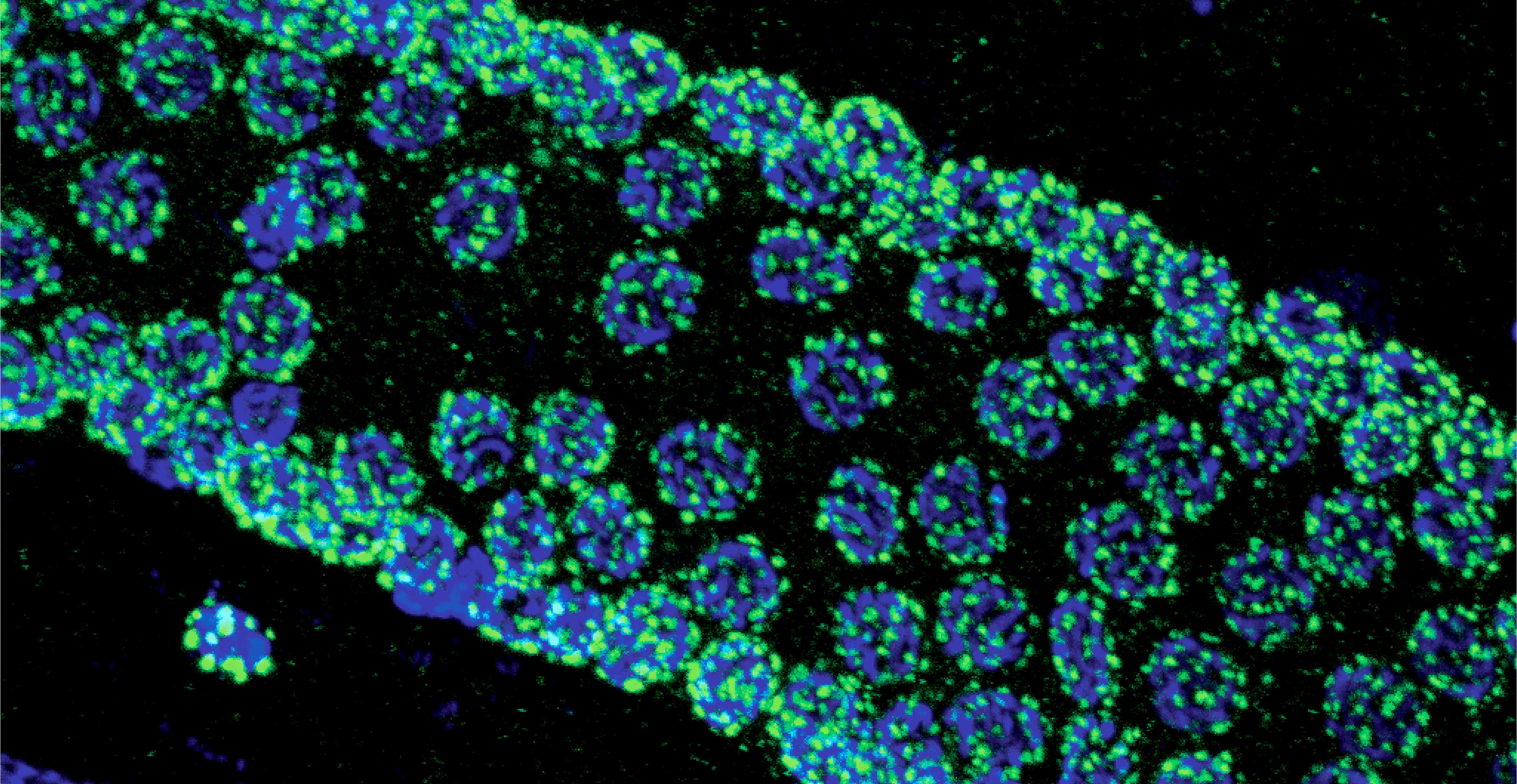
RNA interference (RNAi) is a natural process where small pieces of RNA can shut down protein translation by binding to the messenger RNAs that code for those proteins. Learn more about RNAi and how it's like the cell's own google search.
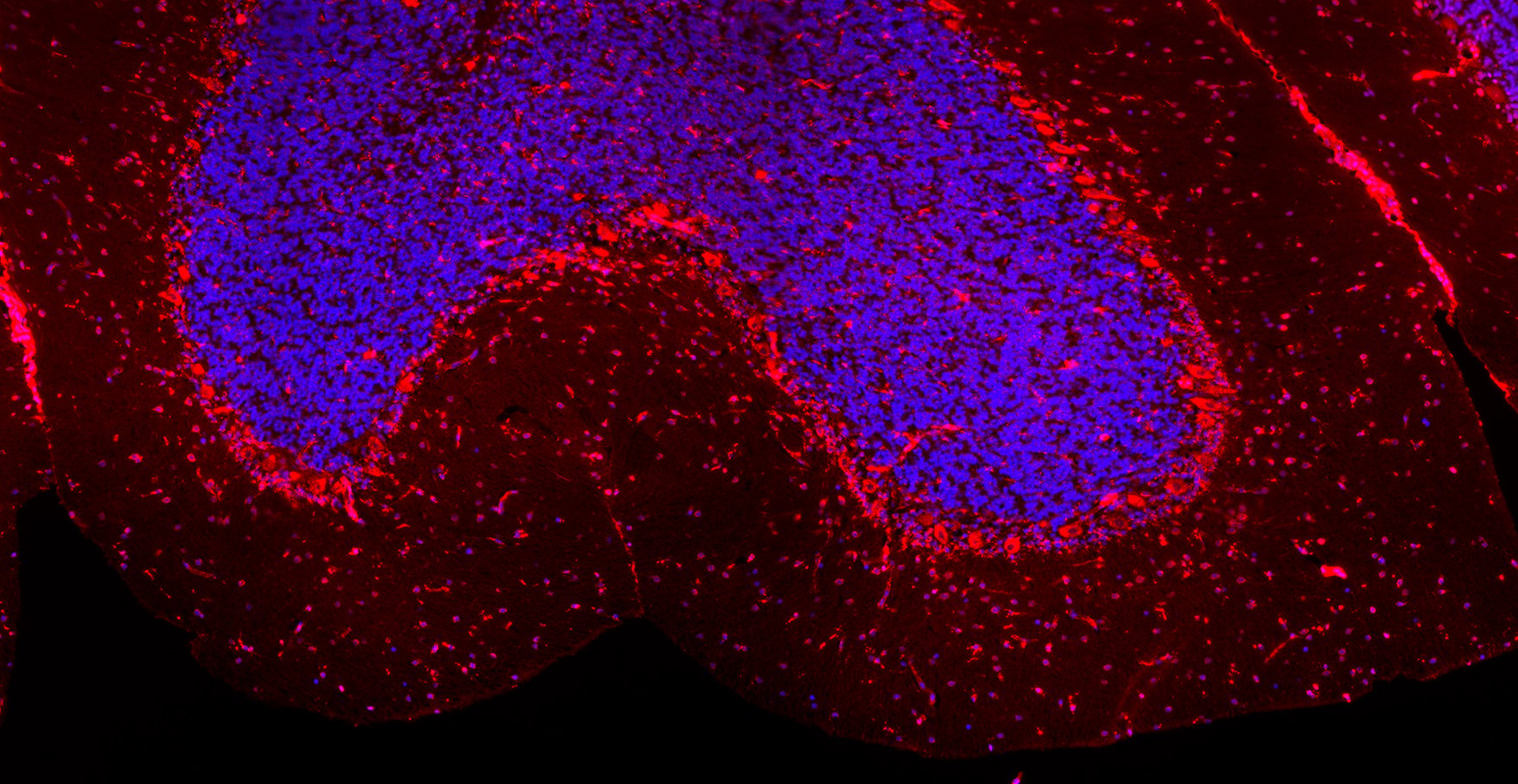
Learn more on how we develop therapeutics by harnessing the flow of genetic information (i.e. RNA or DNA) to treat the root cause of disease.
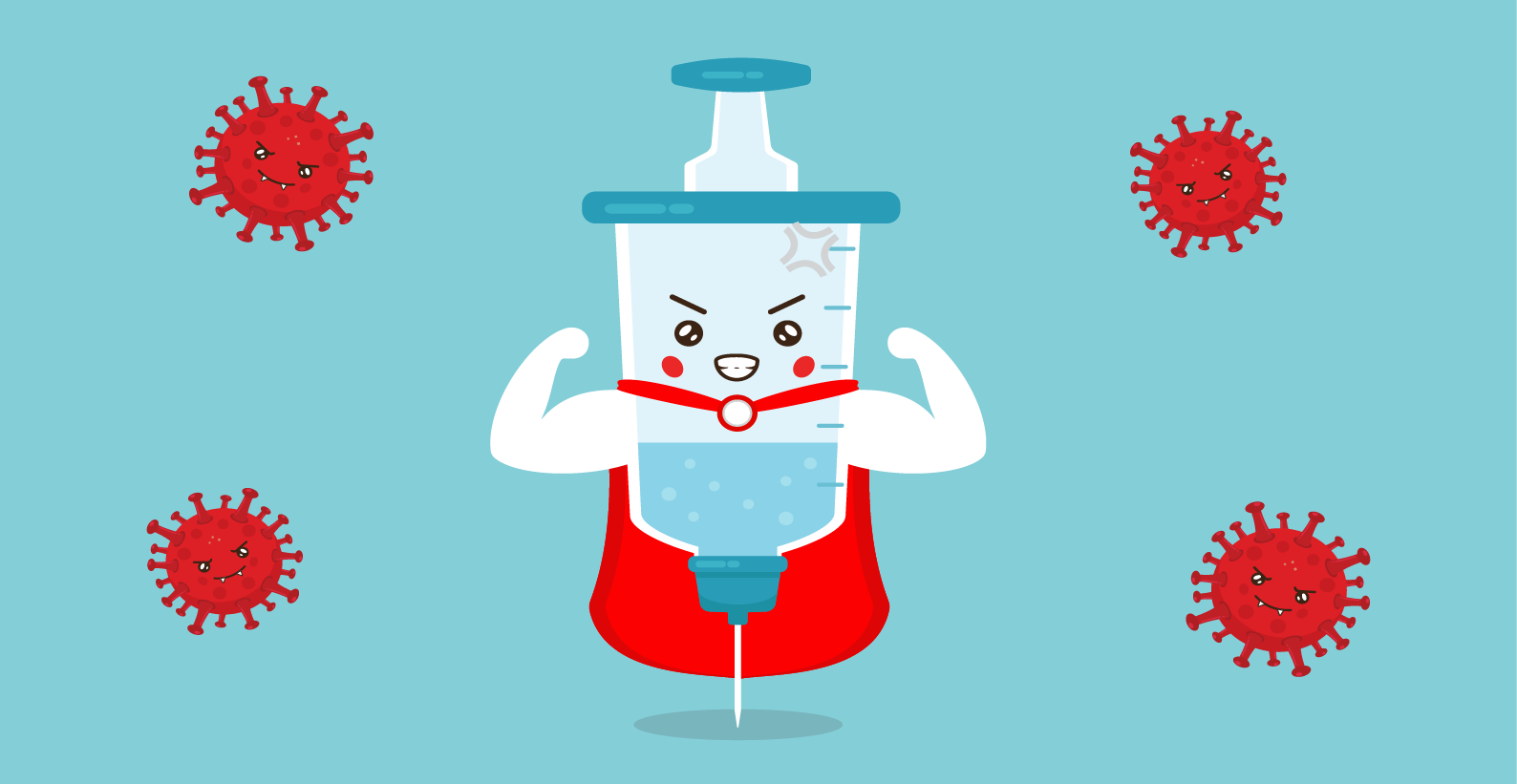
Learn more about the science of the COVID-19 mRNA vaccines, how they work and why they are safe!